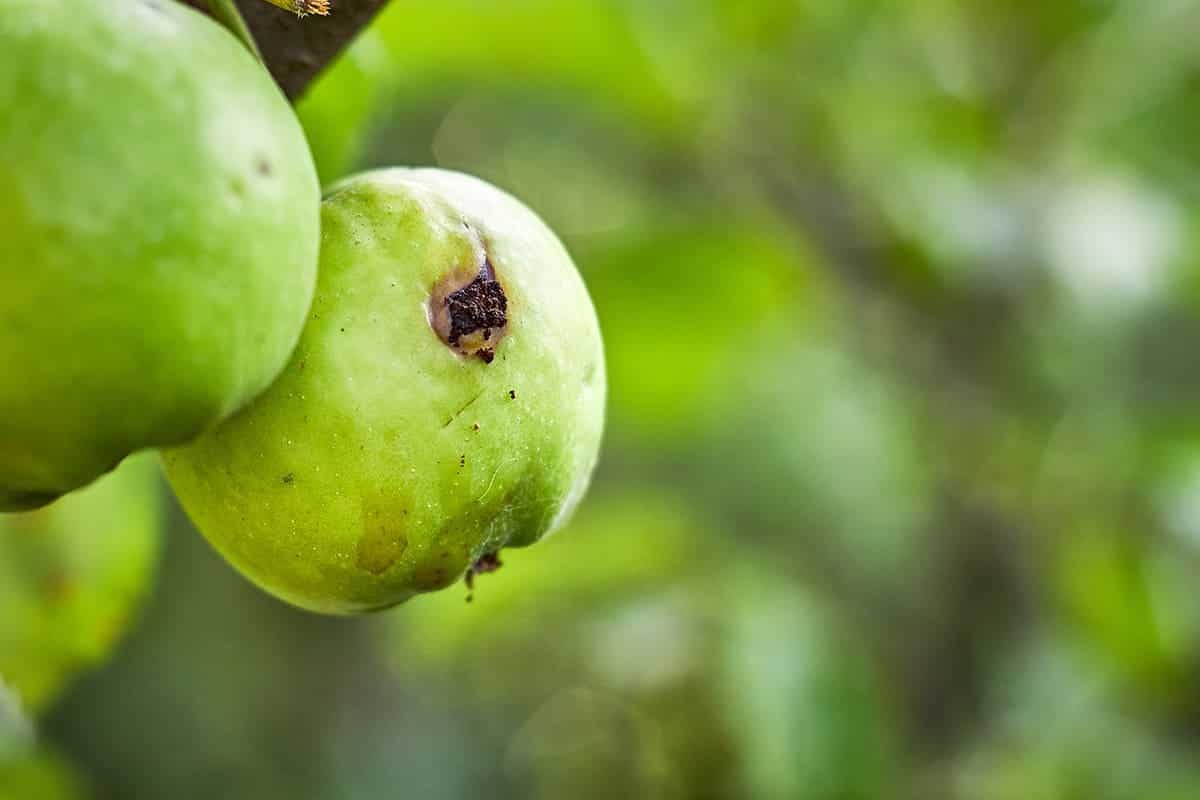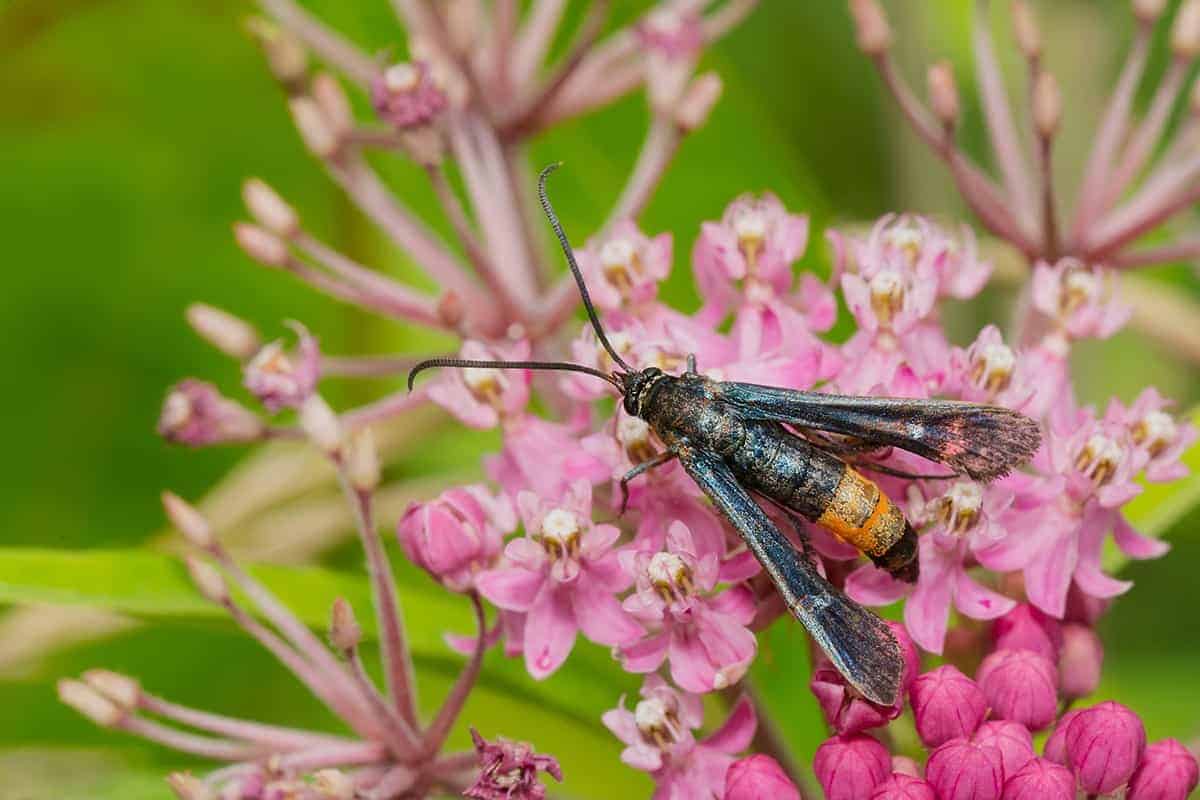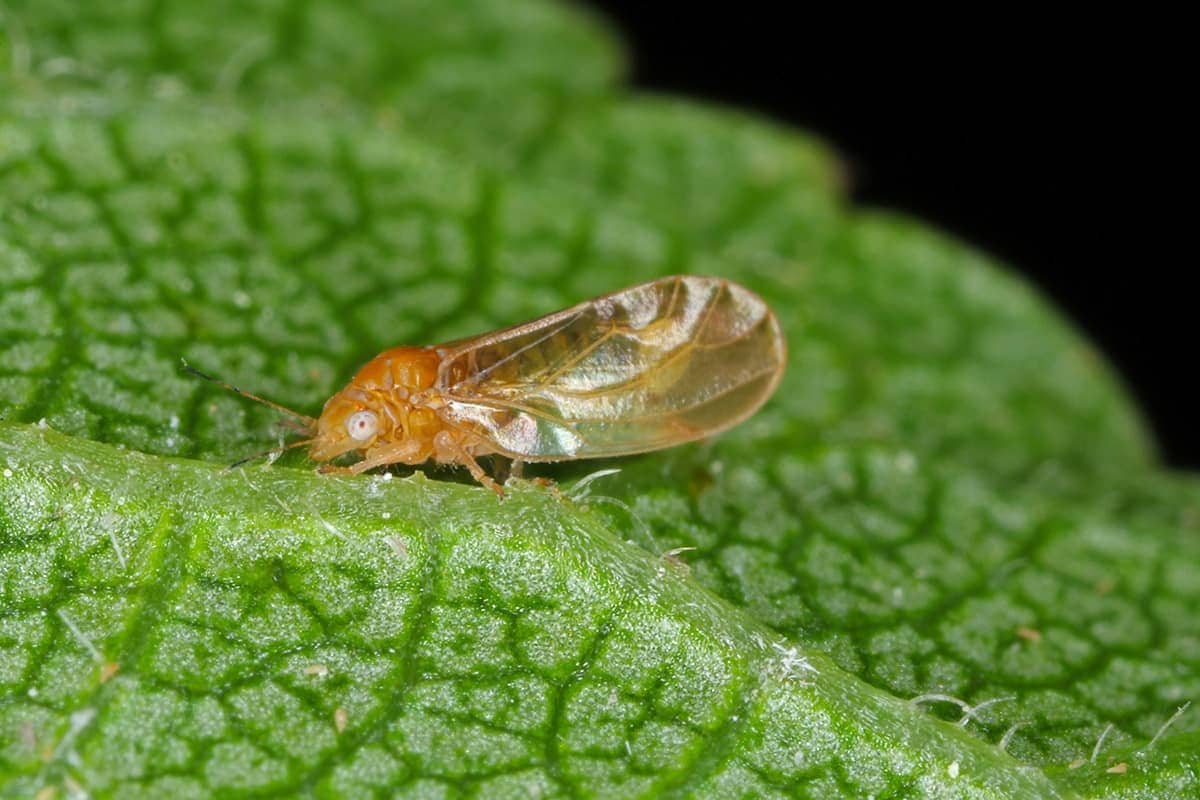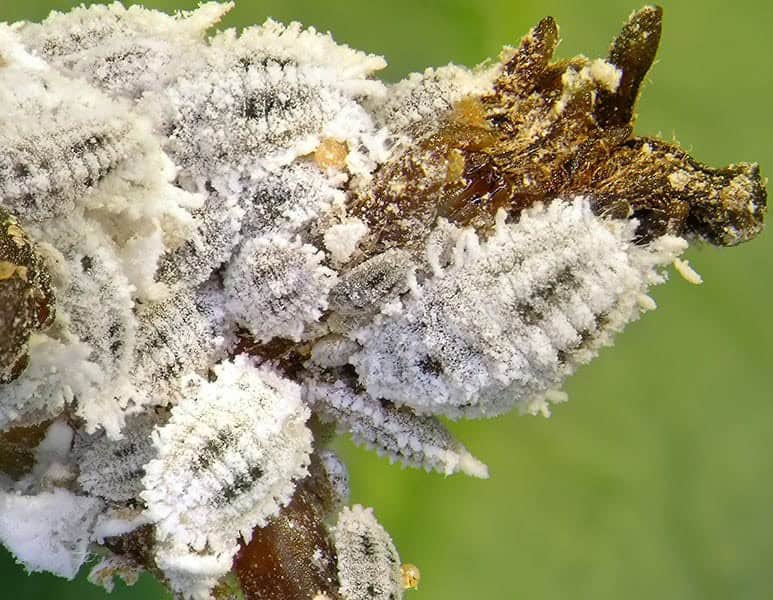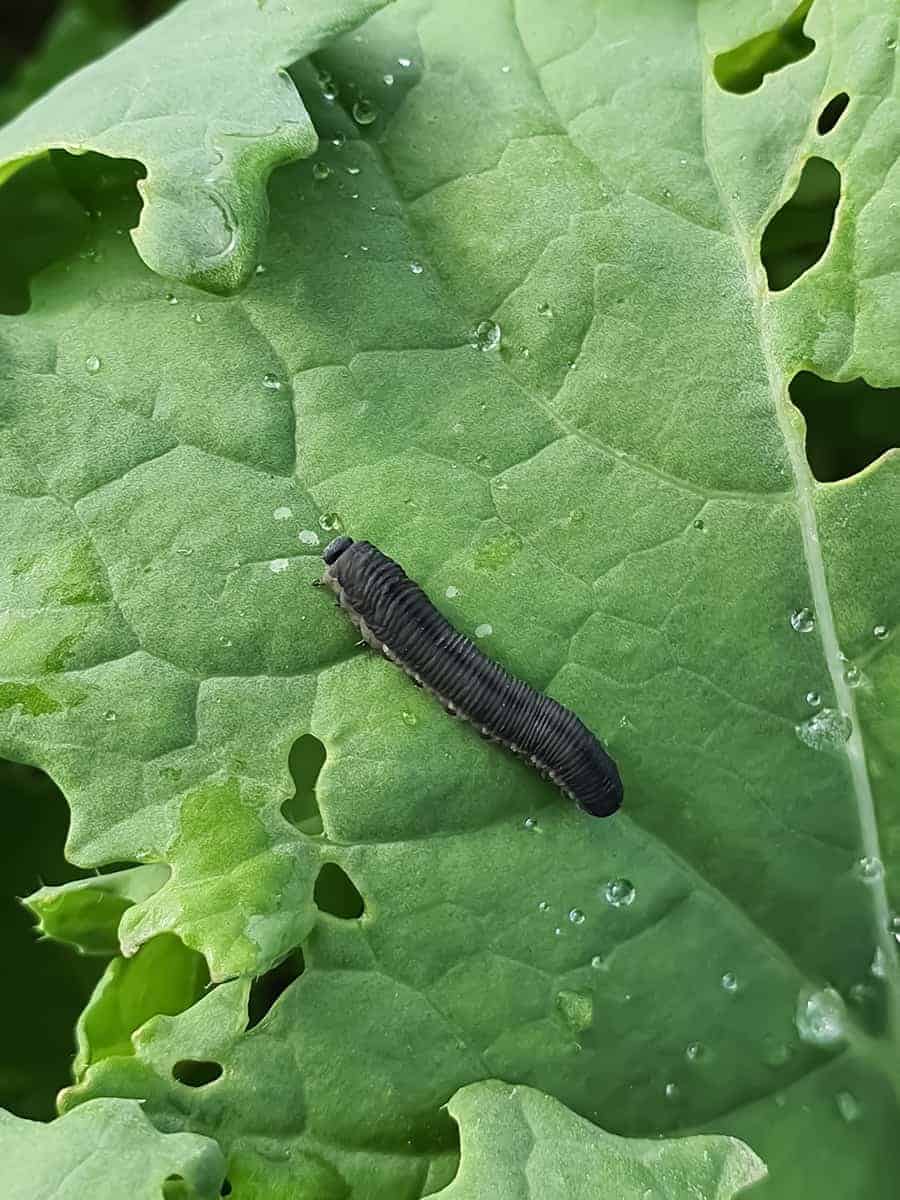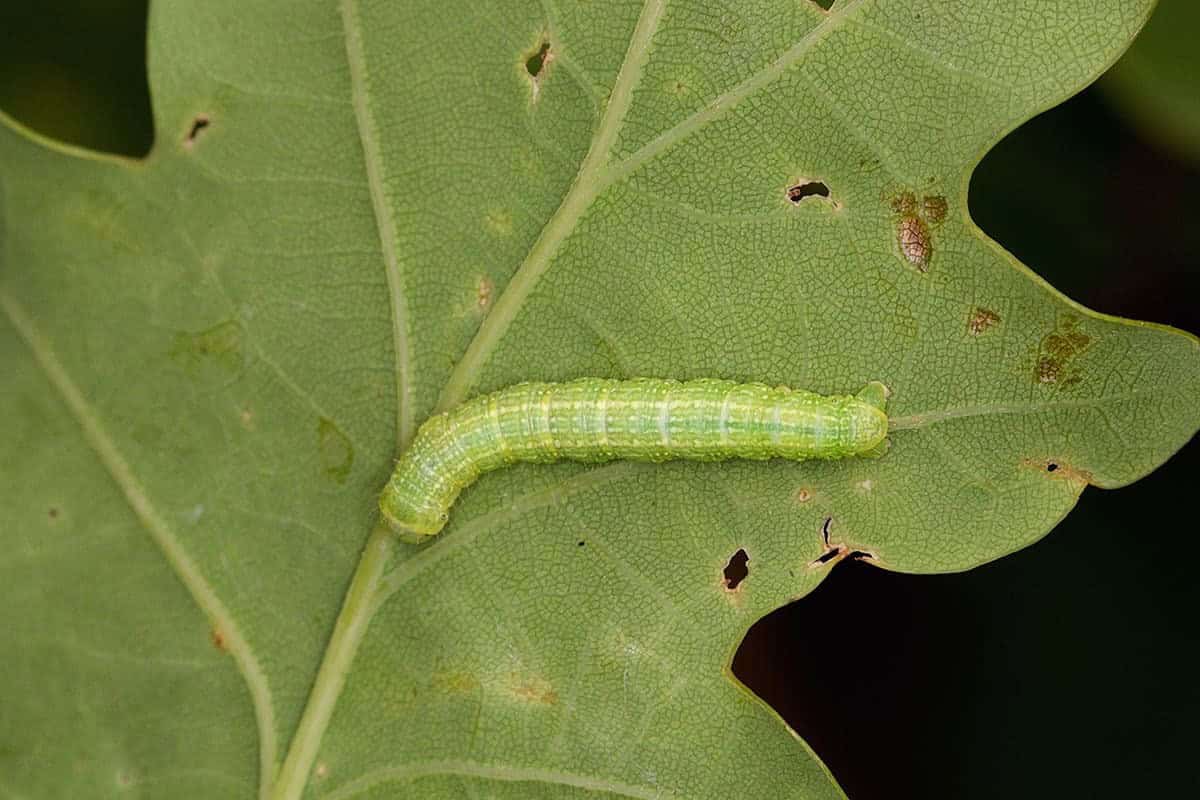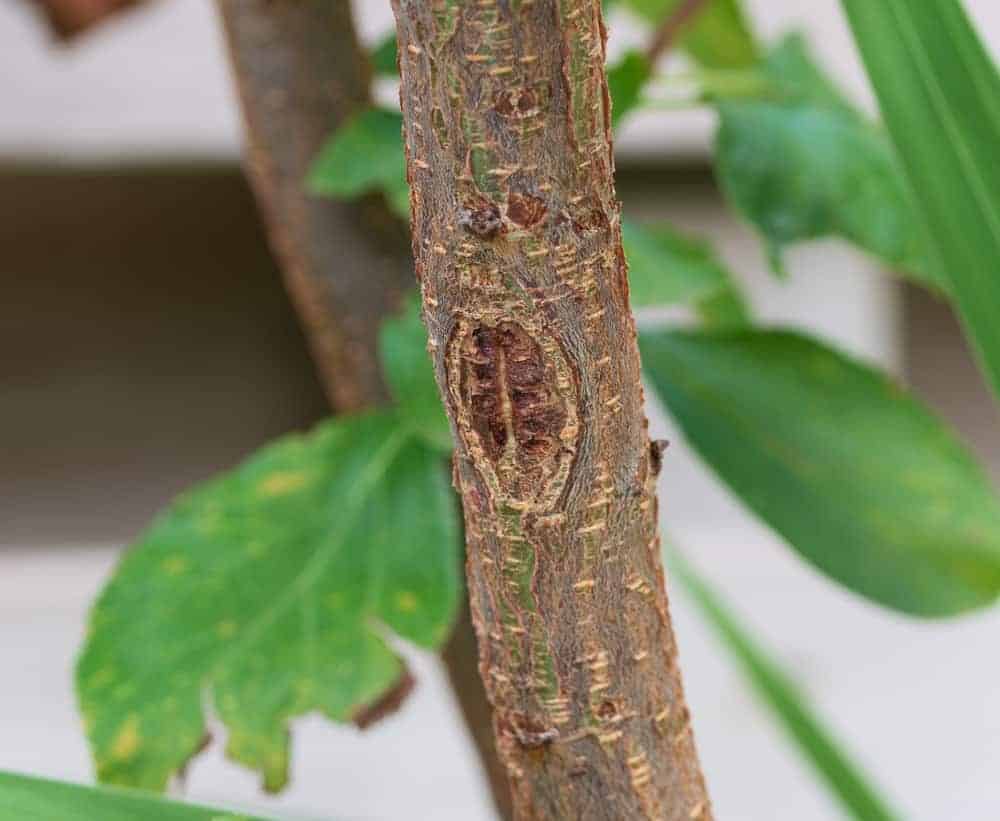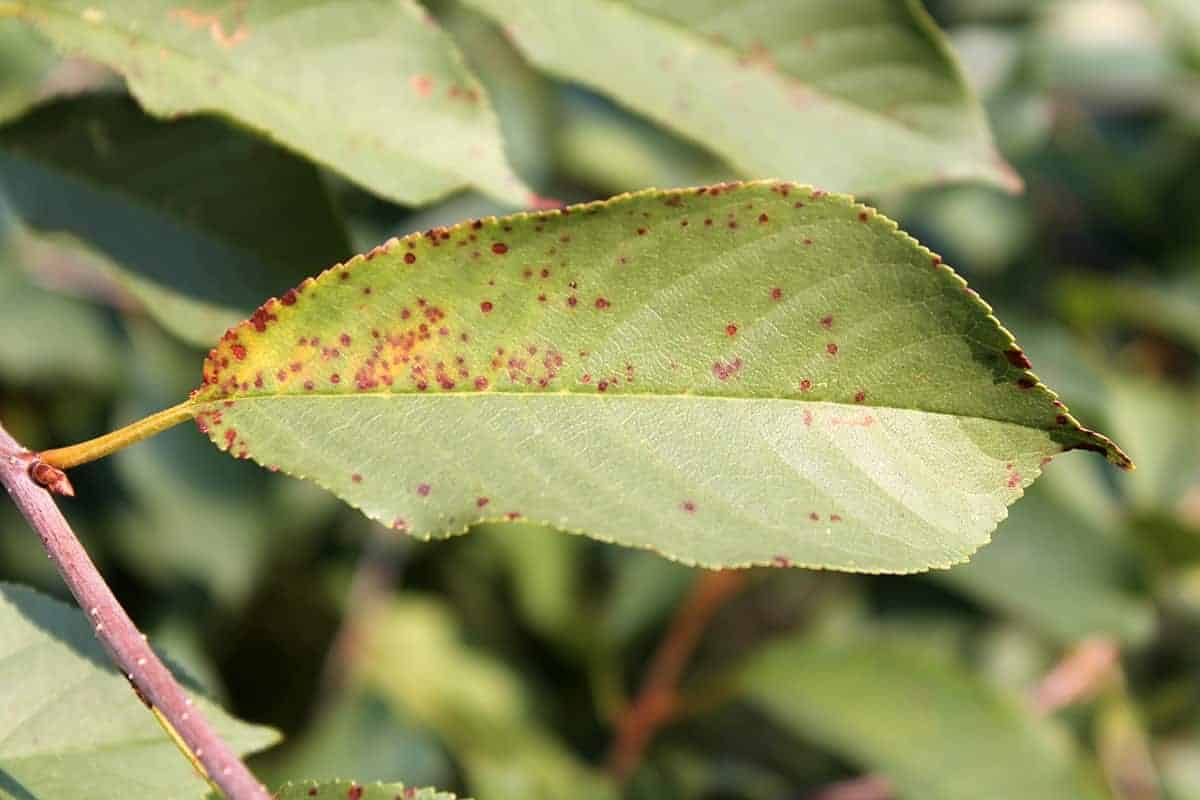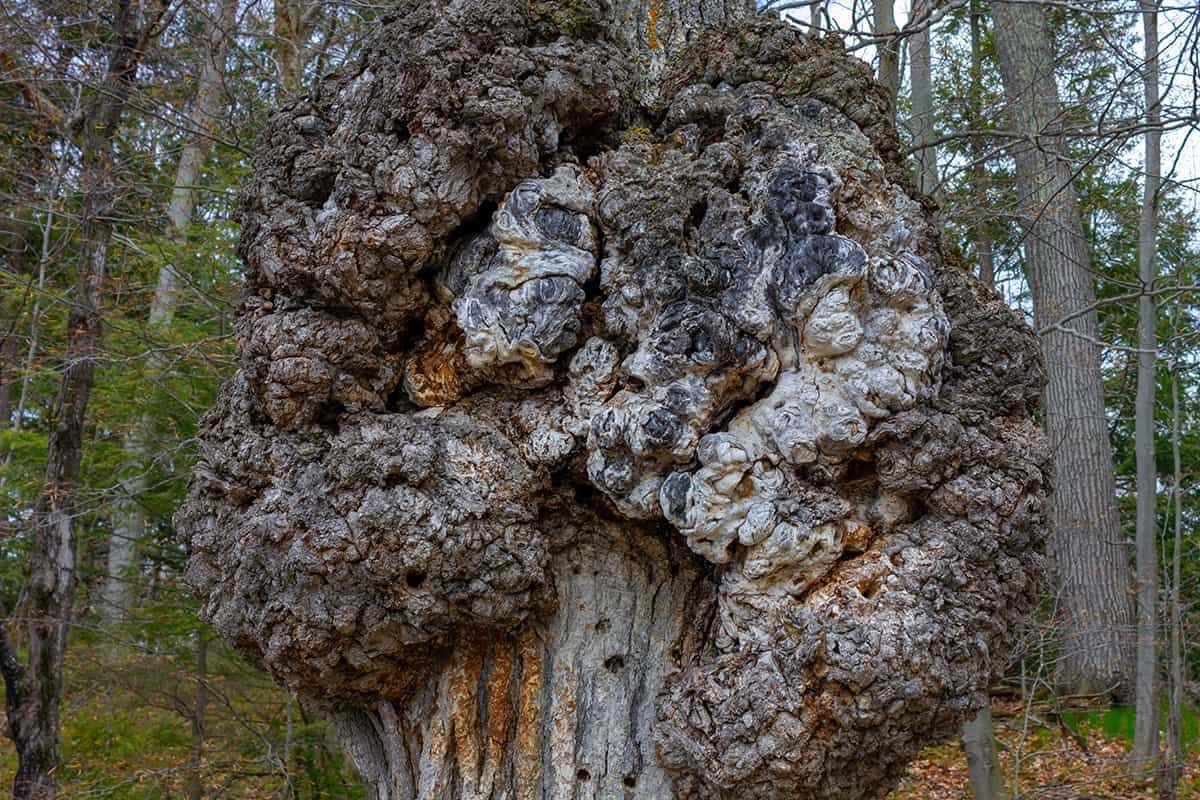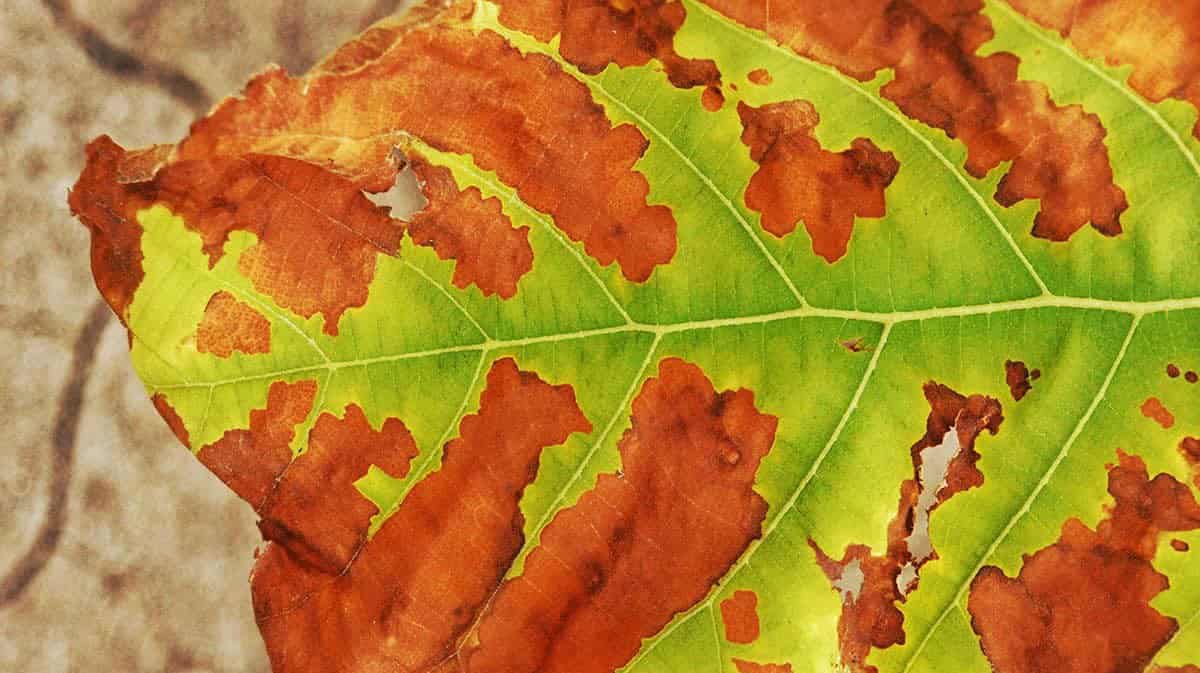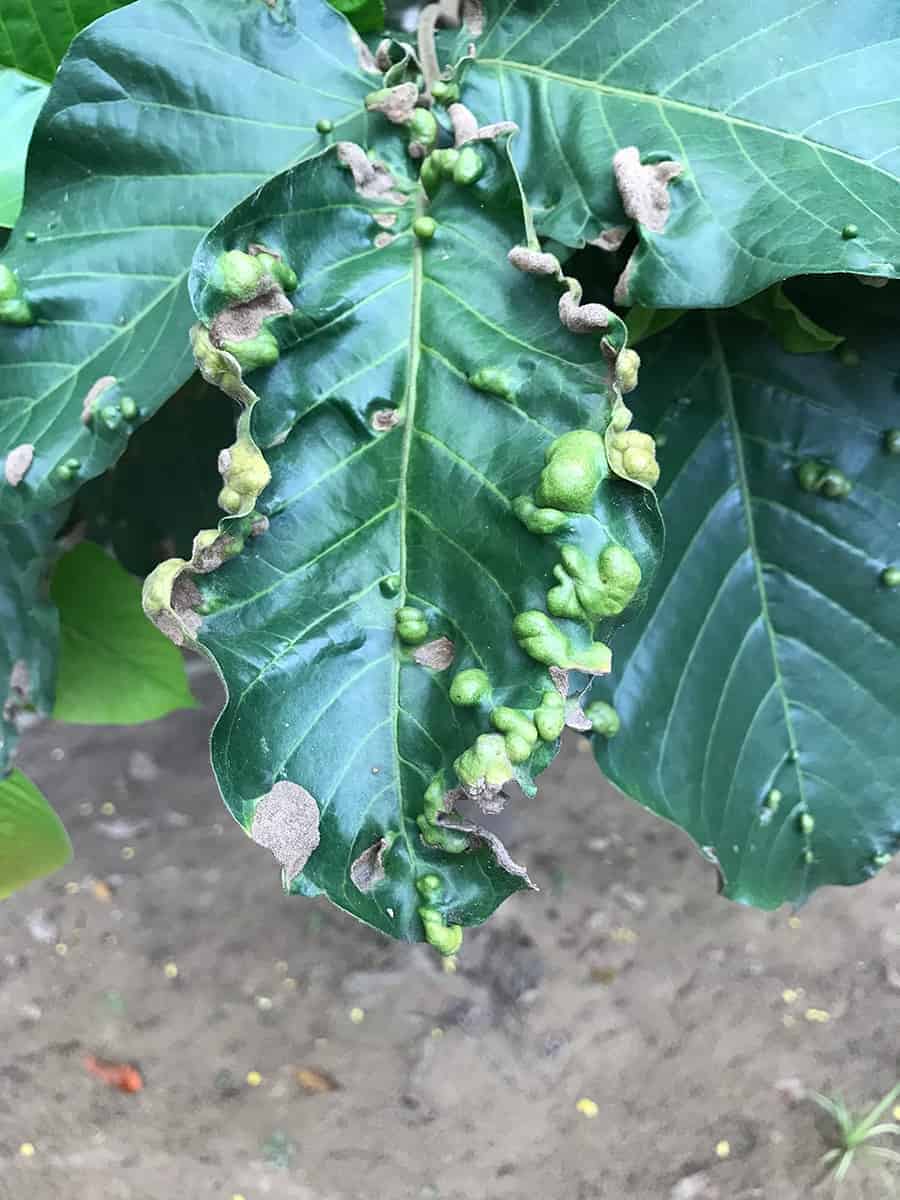When considering the addition of fruit trees to your property, it’s essential to be aware of the potential pests and diseases that may affect their growth. While some issues may afflict both vegetable plants and fruit trees, others are specific to these types of trees. Preventative measures are crucial in this regard, as it’s generally more effective to prevent problems from arising than to treat them after they’ve taken hold.
By being informed about the common pests and diseases that can impact your fruit trees, you’ll be better equipped to take proactive steps towards maintaining their health.
Common Fruit Tree Pests
While it’s frustrating to deal with common issues affecting your fruit trees, many have effective solutions. To prevent problems, establish good habits like regular pruning and debris removal, which can help ward off bacteria and fungal infections. If an infection does occur, accurate identification is crucial for selecting the right treatment.
Let’s explore some of the most prevalent fruit tree pests, a list that may not be exhaustive but covers many destructive and common insects you might encounter on your trees.
Apple Maggots
Apple maggots, the pesky insects that can wreak havoc on your apple trees, typically emerge in early July and remain present until September. The adult stage of these maggots spends time underground before rising to the surface and depositing eggs under the skin of apples. These eggs then hatch into larvae that feed on the fruits, resulting in pitted and misshapen apples.
To prevent these unwanted visitors from taking up residence in your garden, make sure to regularly pick up any fallen apples during the growing season. Additionally, consider hanging sticky traps around your trees to capture adult females before they can lay eggs on the fruit.
If you do end up with an infestation of apple maggots, there are effective pesticides that can be used to eliminate them.
Products containing spinosad have been shown to be particularly effective in controlling these pests. However, it’s important to note that repeated treatments may be necessary, typically three or four times per season, to ensure complete elimination.
Peachtree Borer
Peachtree borers are undoubtedly the most devastating pests affecting peach, cherry, plum, and other stone fruits. The immature larvae, in particular, wreak havoc by feeding on the bark of the lower trunk and larger roots. This can cause extensive damage, ultimately weakening and killing trees. If you suspect an infestation of peachtree borers, prompt action is crucial to prevent further damage.
Chemical controls, such as insecticides, are effective against these pests when applied directly to the lower trunk, targeting the eggs and larval stages before they migrate into the tree.
Psyllids
Psyllids, often referred to as plant lice, are tiny, sap-feeding insects that thrive on fruit trees and their related family members. With over 100 species, they all share a unique trait: penetrating plant tissues to suck out nutrient-rich liquids, then spreading honeydew – a sweet substance – that attracts ants. When infestations reach massive proportions, psyllids become one of the top fruit tree problems.
Fortunately, broad-spectrum insecticides prove effective in controlling populations while allowing beneficial insects to coexist in your garden. Neem oil and insecticidal soaps are also potent solutions for killing most psyllid species. Interestingly, pruning is ineffective against these mobile pests, as they simply migrate from branch to branch.
Scale Insects
Scale insects pose a significant threat to various fruit tree species, including peach, nectarine, apple, pear, cherry, and plum trees. These tiny pests feed on the plant’s bark, leaves, and fruit, leading to stunted growth and unsightly lesions on the fruit. In severe cases, infestations can cause branches or even entire trees to succumb to disease if left unchecked.
nThe use of horticultural oils offers a reliable solution for combating scale insects and other soft-bodied pests that plague fruit trees. This eco-friendly approach is particularly suitable for organic gardens, as it poses no harm to beneficial insects. When applied correctly, horticultural oils effectively smother the scales, providing a safeguard against the devastating consequences of untreated infestations.
Sawfly Larvae
The sawfly larvae, commonly referred to as cherry or pear slugs, are a widespread issue in fruit tree cultivation across the United States and Canada. These pests affect mountain ash, hawthorn, cherry, plum, and pear trees, with small populations typically not causing significant damage. However, large-scale infestations can lead to complete defoliation of affected trees. The adult sawflies deposit their eggs into leaf tissue, which then hatch into larvae that feed on the foliage.
To manage these pests, gardeners often employ insecticidal soap or food-grade diatomaceous earth to wash away the sawfly larvae. For more severe infestations, an insecticidal spray containing spinosad can be an effective solution. As a last resort, botanical insecticides may be considered, though they carry potential side effects that should be carefully weighed.
Winter Moth Caterpillar
The winter moth caterpillar, a notorious pest, can cause significant damage to various fruit tree species like cherry, apple, and crabapple. What sets it apart from other pests is its rapid impact in the spring. The adult moths’ fall mating season and subsequent egg-laying in late fall and winter crevices of the tree bark lay the groundwork for a swift infestation. As the eggs hatch in the spring, the larvae emerge to voraciously defoliate entire fruit trees.
To effectively manage this pest, it’s crucial to treat affected trees with Bt (Bacillus thuringiensis), a naturally occurring bacteria that disrupts the pests’ feeding habits and ultimately leads to their demise. Timing is key – apply Bt as early as possible in the spring to curb the infestation before irreparable damage is done.
Common Fruit Tree Diseases
The unwelcome presence of fruit tree diseases can be a major challenge for growers. Soil-borne pathogens, in particular, can wreak havoc on unsuspecting orchards without warning signs. As a result, it’s essential to be aware of the most prevalent fruit tree diseases that could be lurking in your soil, silently killing off your trees.
Bacterial Canker
Bacterial canker is a pervasive affliction that can infect any fruit tree, compromising its health and vitality. A hallmark symptom of this disease is the development of holes on leaves and new shoots. As the infection progresses, entire branches may succumb to the disease, ultimately leading to their demise.
This malady primarily targets stone fruit trees and those that have suffered previous frost damage.
Should you suspect your trees are infected, take prompt action by pruning off affected branches several inches below the infected area. Furthermore, apply a fungicide every two weeks to help combat the disease’s spread.
Brown Rot
Brown rot is a pervasive disease that infects a wide range of fruit trees, including peaches, nectarines, plums, cherries, apples, apricots, and pears. This fungal condition causes stems, flowers, and fruit to become encrusted in a brown, mummifying substance. Once you’re familiar with the telltale signs of brown rot, it’s relatively straightforward to identify. A crucial step in managing the spread of this fungus is to carefully remove any affected parts of the tree and its fruit.
Additionally, pruning the trees to improve sunlight penetration and air circulation can go a long way in preventing the fungus from gaining a foothold and taking over the entire tree.
Cherry Leaf Spot
Cherry leaf spot is a fungal affliction that specifically targets all varieties of cherry trees, with tart cherries being its preferred host. The disease commences by presenting itself as small, purple spots on the leaves, which initially appear harmless but swiftly escalate to encompass the entire foliage, ultimately culminating in complete defoliation of the tree.
As the disease persists throughout the winter months, it’s essential to meticulously remove any fallen debris from the tree to prevent its survival and spread. Additionally, utilizing fungicidal sprays can be an effective means of regulating the disease’s progression.
Crown Gall
Crown galls are a common issue for apple, cherry, peach, and plum trees, triggered by soil-borne bacteria. The problem arises when a tree sustains a wound, allowing the bacteria to enter the affected area. Initially, galls form small, but over time they can grow significantly in size. Since it’s challenging to eradicate this bacteria from the soil once it’s established, prevention is crucial. Unfortunately, you may not detect the presence of the bacteria until symptoms appear on your tree.
To hinder the spread of the disease, it’s essential to sterilize tools before working with your fruit trees. Once a tree has developed crown gall, the bacteria can remain dormant throughout the entire plant, making it difficult to eliminate the infection.
Fire Blight
Fire blight is a bacterial disease that affects apple, crabapple, and pear tree species, with the Mid-Atlantic region being its most common occurrence. However, it can also be found in other regions worldwide. The term ‘fire blight’ stems from the characteristic yellowing or orange discoloration of leaves, which eventually turns brown or black as they dry out and wilt. When left untreated, fire blight can spread rapidly, making early detection crucial for effective treatment.
While copper-based and antibiotic sprays specifically designed for fruit trees are viable treatment options, prevention is generally the most effective strategy. This involves planting disease-resistant tree varieties and exercising caution when applying nitrogen-rich fertilizers to prevent exacerbating the issue.
Peach Scab
Peach scab, despite its name, doesn’t just target peach trees – it also commonly infects nectarine and apricot trees. This fungal disease can affect various parts of the tree, including twigs, leaves, and fruits. To prevent peach scab from taking hold, focus on proper pruning to boost airflow between branches. By doing so, you’ll reduce the likelihood of a fungal infection taking root, as fungi tend to thrive in warm, humid environments lacking air circulation.
If your trees do fall victim to peach scab, consider using fungicidal sprays to combat the issue. Timing is crucial – apply these sprays from the time petals fall until about a month before harvest. Aim for regular applications every 10-14 days to maximize effectiveness.
